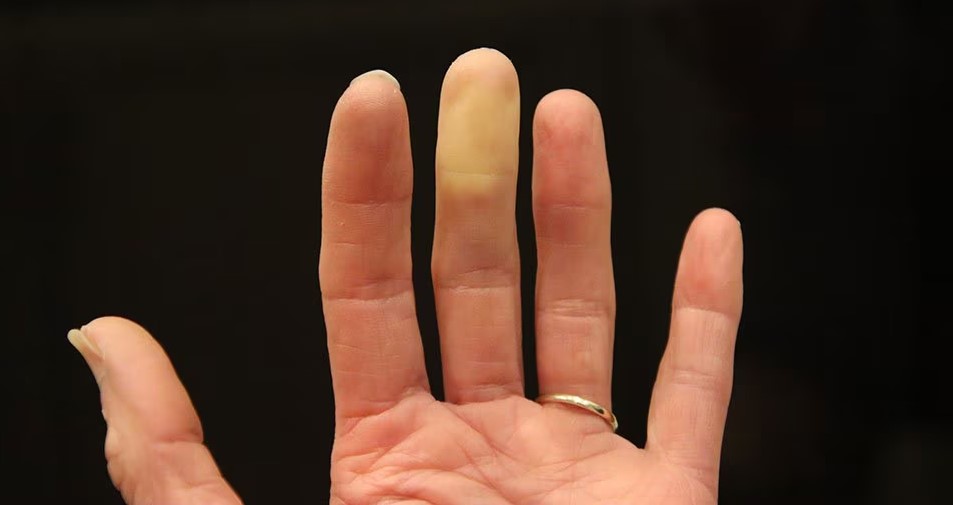The weather has been freezing recently, so chances are your hands have been cold. While chilly fingers might seem like just an inconvenience, there are instances when it’s a sign of something more serious. So, how do you know when it’s time to worry?
If you find that your hands or feet stay cold no matter what you do, and your fingers occasionally turn bright white, it could be a symptom of a medical condition that needs attention. Many people simply attribute cold extremities to low temperatures, but persistent or severe symptoms should not be ignored.
Signs to Watch For
If you’re someone who constantly battles cold hands—even in moderate temperatures—and resorts to wearing gloves indoors or huddling by a radiator, you might be familiar with the frustration. For some, no matter how many layers they wear or cups of warm coffee they hold, their fingers remain icy and sometimes even change color.
One common cause of these symptoms is Raynaud’s phenomenon, a condition where blood flow to the fingers and toes is temporarily reduced. This happens when blood vessels in the extremities constrict more than they should in response to cold or stress.
What is Raynaud’s Phenomenon?
Raynaud’s can cause your fingers to turn white, blue, or even purple. The condition occurs in two types: primary and secondary.
- Primary Raynaud’s: This is the more common and less severe form. It often occurs on its own without any underlying medical condition. People with primary Raynaud’s generally have manageable symptoms.
- Secondary Raynaud’s: This form is linked to other health conditions, such as autoimmune diseases like lupus or scleroderma. It tends to be more severe and may require medical intervention.
Symptoms usually start with fingers turning white due to lack of blood flow, followed by a bluish hue as oxygen levels decrease. As blood flow returns, the fingers may turn red and throb or tingle.
When to See a Doctor
If your fingers frequently change color or if the condition is accompanied by pain, sores, or ulcers, it’s essential to consult a healthcare professional. They can perform tests to determine whether you have primary or secondary Raynaud’s and recommend appropriate treatment.
In some cases, poor circulation can be a sign of other health issues, such as arterial disease or nerve problems. Early diagnosis and management are crucial to preventing complications.
Tips for Managing Cold Fingers
If your symptoms are mild and not linked to a more serious condition, there are practical steps you can take to manage cold hands:
- Dress in Layers: Wear gloves, mittens, and thermal liners to keep your hands warm.
- Avoid Sudden Temperature Changes: Gradually expose yourself to cold environments instead of going from a warm space to freezing temperatures abruptly.
- Stay Active: Exercise improves circulation and can help keep your extremities warm.
- Limit Caffeine and Nicotine: Both substances can constrict blood vessels, worsening symptoms.
- Manage Stress: Stress can trigger Raynaud’s attacks, so practicing relaxation techniques may help.
Treatment Options
If lifestyle changes aren’t enough, there are medical treatments available. Doctors may prescribe medications that help dilate blood vessels and improve blood flow. In severe cases, procedures to block nerve signals that cause blood vessel constriction may be considered.
Beyond the Cold
It’s worth noting that while Raynaud’s is a common cause of cold, white fingers, other conditions can also impact blood flow and nerve function. Hypothyroidism, diabetes, and certain medications are just a few examples.
The bottom line is that while cold weather is an obvious culprit for icy hands, persistent or severe symptoms should not be ignored. If you find yourself clinging to radiators, wearing gloves indoors, or constantly battling white, numb fingers, it might be time to seek professional advice. Taking steps to understand and manage your symptoms can help you stay warm and comfortable no matter the weather.
